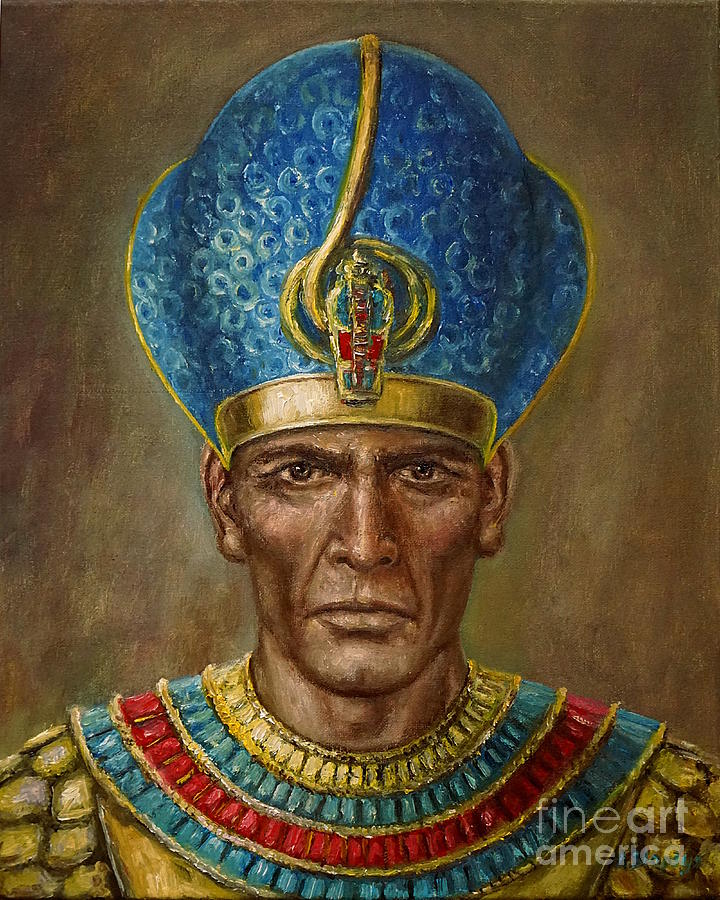
Judith’s City
of ‘Bethulia’
Part One (ii, b):
Ramses II and Salem
by
Damien F. Mackey
Rohl goes even further than that, and - whilst rightly
rejecting Champollion’s old identification of the 22nd dynasty’s
pharaoh Shoshenq I with the biblical “Shishak king of Egypt” … proceeds to
identify Ramses II as “Shishak”.
Given
the strategic importance of “Salem” in the environs of Shechem during the
massive Assyrian invasion of Syro-Palestine, as discussed in Part One (ii) with reference to Judith 4, then I must
reconsider my former acceptance of the view of some that the pharaoh Ramses II,
when conquering the “city of Shalem”, was actually attacking Jerusalem itself.
Previously
we noted that “… there was
apparently a northern “Salem” in the region of Shechem (Genesis 33:18 KJV): “And Jacob came to Shalem, a
city of Shechem …” …. It is certainly
a remarkable fact … that about 4 miles East of Shechem (Nablus), there is a
village bearing the name Salem”.
That Shalem was
Jerusalem, though, is the view argued by, for instance, David Rohl in his book,
A Test of Time. The Bible: - From Myth to History (Century, London 1995).
Rohl goes even further than that, and - whilst rightly rejecting
Champollion’s old identification of the 22nd dynasty’s pharaoh
Shoshenq I with the biblical “Shishak king of Egypt”, who sacked the Temple of
Yahweh after the death of king Solomon - proceeds to identify Ramses II as
“Shishak”.
And Peter van der Veen will firmly back up Rohl on this:
VII. Did Ramesses II conquer Jerusalem?
In my view, the city of Shalem
conquered by Ramesses II in his Year 8 cannot be identified with any other city
in Palestine other than Jerusalem ('city of Shalem'). The inscription on the
north pylon of the Ramesseum probably does not list the cities in geographical
sequence but rather as highlights of the campaign. Ramesses did indeed take the
cities of Merom, Kerep, etc, but this does not mean that he could not have
taken a city in the south on his way back to Egypt or during his expedition
against Moab. ….
[End of quote]
My own view is that pharaoh Ramses II was by no means “Shishak”, but was
Thutmose III of the Eighteenth Egyptian Dynasty. See e.g. my series:
including:
(iv, a): His
Campaign against Jerusalem
So, I now think that Rohl was not only wrong about his choice of pharaoh
for “Shishak”, but possibly also for his identification of the “Shalem” in the
Egyptian records with the city of Jerusalem.
No comments:
Post a Comment